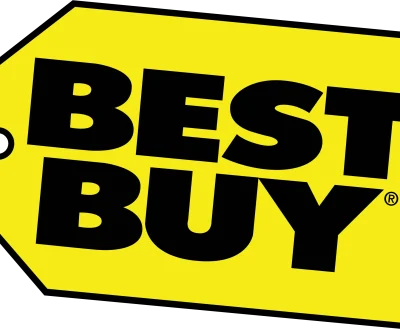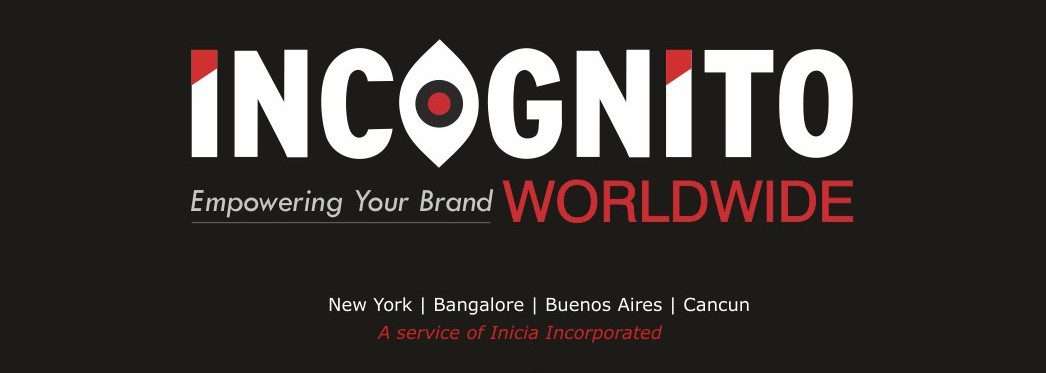Thinking back to many years ago, when I launched my first logistics company in the 1980s, my first and later encounters with securing small business financing seemed like good case studies.
It was a different time. My clients ranged from small manufacturers and distributors to Fortune 100 companies, and during the early years, I never had an issue collecting from any of them. Thus, I never required financing. I began with $4,000 in working capital and let it grow.
Local merchants don’t necessarily have credit issues, as their clients either pay in cash or credit at the time of purchase. But those local businesses that rely heavily on payment by credit card now have a cash flow issue, as the credit card processors have to process the card payment and then issue the local business their money, less fees.
Before I get into my story, there are merchant cash advances for those types of businesses. And if you’ve already gone that route, signed the wrong financing deals, and gotten yourself in trouble, consider a do-over with a merchant cash advance consolidation. Before I get into my story, there are Merchant Cash Advances for those businesses. And if you’ve already gone that route and signed the wrong financing deals and gotten yourself in trouble, consider a do-over with a merchant cash advance consolidation program.
Moving back to my experience, my business is B2B, not B2C, so I focused on invoicing and collection—old school. By the end of the first year, we were billing $120 – $130,000 a month, and everyone paid their respective invoices within 30-45 days, on time, without incident. It was an age when a sense of honor and respect still governed business people. Good reputations were worn proudly.
Fast-forward to the next decade, and I re-entered the business in the early 1990s. We developed a slightly different model with more reach, and that business grew eventually to $500,000 per month in revenues by late 1998. But times had changed, and from the initial launch of that business in 1991, we faced issues with collections almost from the outset. People couldn’t, or wouldn’t, pay on time. It seemed everyone was or pretended to be suffering a cash flow crunch, with an outward ripple effect.
This changed everything. We needed cash flow financing not only to sustain, but also to grow.
A Case Study for Small Business Financing
Like many entrepreneurs, I was good at the area of business I was in, which is why we grew. But I had zero education regarding finance, economics, or even business, for that matter. Instead, I had always relied more on common sense and intuition than on any formal business theories or blueprints. And when I needed financing, the same rule applied. However, as it turned out, it wasn’t that complicated.
If I obtained financing, there would be a cost, of course. So I first needed to know what I could afford. In my later days running that first business, in our third year, we acquired another company. With it, there is an intensive cash flow requirement. When the banks wouldn’t help, I went to the streets and made a handshake loan that cost me $650 per week for about a year — until I eventually made a deal to pay it off. But taking on such high-interest payments had contributed to why I had to sell the business.
Back to the newer and larger company, I needed to make sure I didn’t overleverage my business as I had done in the 1980s. So, what could I afford? I needed to determine this. Some entrepreneurs race to get the immediate cash, with the idea that they’ll work out a way to manage the costs later. Take it from first-hand experience: That is a recipe for disaster.
Step 1: ASSESSMENTS
- (a) gross margin per job; total sales minus direct cost.
- If you subcontract services, the subcontractor’s direct cost is direct.
- If you have multiple subcontractors, such as a general contractor who hires painters, electricians, etc., then they collectively are the direct cost.
- If you paid additional materials specifically for that job, add them on; if they are contained within the subcontractor’s invoice, don’t.
- (b) Your monthly operating profit. Add up your monthly gross profit (from above), and now deduct your monthly overhead: rent, phones, internal staff, licenses, etc. If you have yearly expenses, divide by 12 and use that number.
Once you’ve established an average of your monthly invoices, your average profit from each job, and the overhead the gross profit covers, you can easily calculate how much discretionary funds are left.
“Use the company P&L and Balance Sheet to review the aging receivable reports to determine past and future cash flow.” — Sal Del Italia, Franklin Merchant Capital
In my company’s case, it was a relatively new business, and regardless of the big-name clients we had—Dupont, Exhibit Group, Jaguar, Ford, Sumitomo of America, United States Carpet Company, American Express, and the federal Reserve, to name a few—we didn’t fit into the bank’s lending criteria at the time.
So I began researching, which took effort because, in 1996, there were no substantial Internet resources yet. Research was still more akin to a journalist’s activity—making call after call, getting lead after lead, until finally, you could narrow your search and find the available options that fit the criteria.
We chose receivable financing, or factoring, as it is also referred to. The first firm I signed up with dealt more with industry-level companies but offered a program to buy our receivables weekly in exchange for a 50% advance against the value of those receivables. The balance was released to us when the client paid the invoice (to the financing firm directly), less their fees, which were 3.5%.
NOTE: When you enter into a receivable financing agreement, you will usually have to sign a UCC-1 document, which essentially gives the lender ownership of those receivables.
The owner of that firm (whom I did business with again years later for a $100,000 equipment loan) gave me a piece of advice;
“You should never buy short and sell long.” –
I didn’t get it back then.
But he was saying that there is a cost to money, just like any other expense you might have — salaries, leases, or rent. If you sell long and buy short, you’ll erode the cash flow required to sustain operations. So it’s about money management; buying long vs short, and having the profit margins to afford such a financing deal. Some companies that earn small margins with high volume are not suited to receivable financing, because you’re paying a fee for each transaction and invoice. Those types of businesses are better served by more traditional long-term loans or flexible lines of credit.
During those years (1991-1998), I was able to find two other firms I dealt with, each replacing the one I had before it; the first advanced 85% of receivables with a 2.5% fee, and the latter was set up solely for the transportation industry to provide the same 85% advance but at a 1.5% fee.
So while you may gain the immediate cash you need in the short run, you have to also assess whether the structure of your business and your profit margins can absorb and sustain those fees over the long run, in line with your operating budget.
You can do your homework and research thoroughly, since there are many options. Some may be significantly more advantageous for your business situation. Happy hunting, and best of luck with your endeavors!
For more about traditional small business loans, check out the SBA.
Categories
Recent Posts
About us and this blog
We are a digital marketing company with a focus on helping our customers achieve great results across several key areas.
Request a free quote
We offer professional SEO services that help websites increase their organic search score drastically in order to compete for the highest rankings even when it comes to highly competitive keywords.
| | Thank you for Signing Up |


More from our blog
See all postsRecent Posts
- Why Local Brick-and-Mortar Businesses Must Have a Digital Front Door June 26, 2025
- Tips to Repurpose Print Marketing for the Digital World May 27, 2025
- Effective Entrepreneurs Get Stuff Done May 24, 2025









